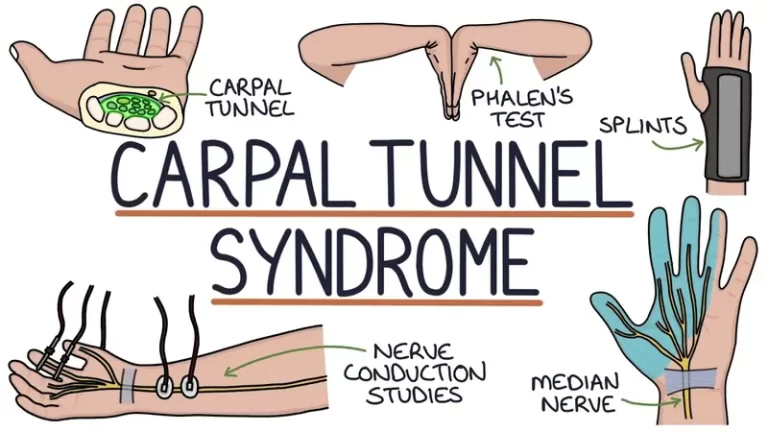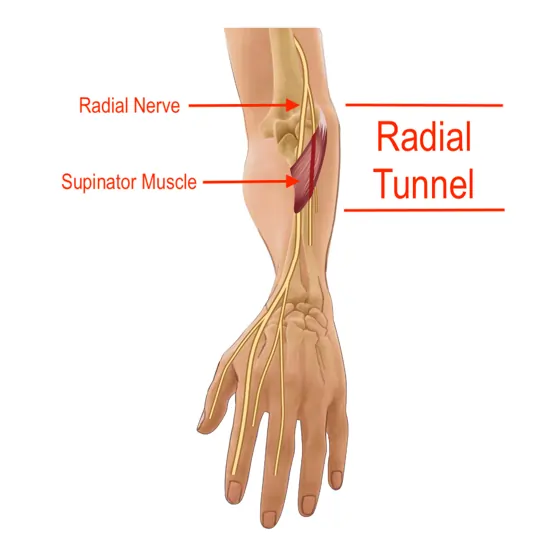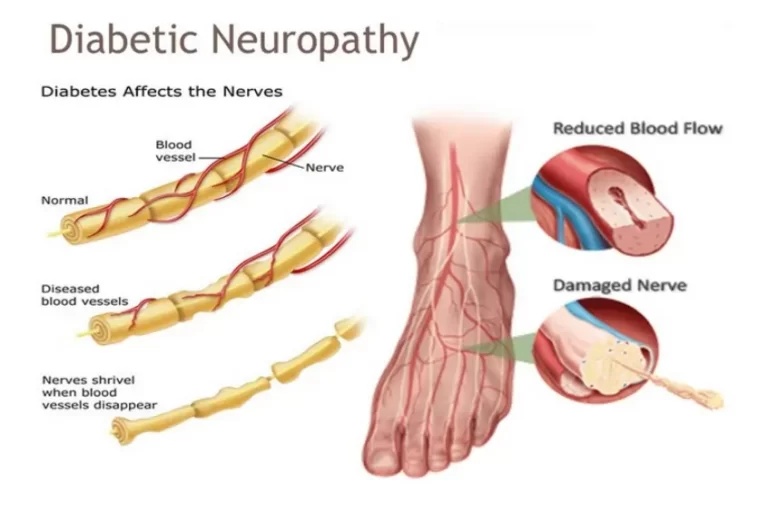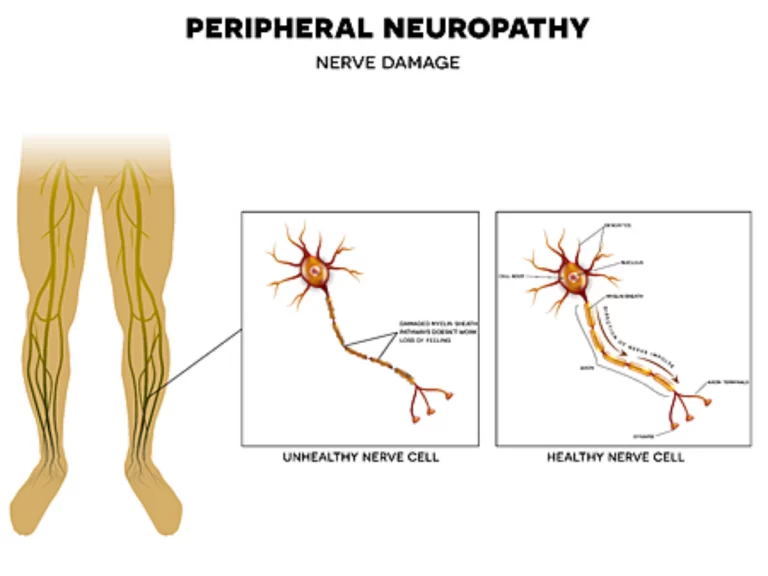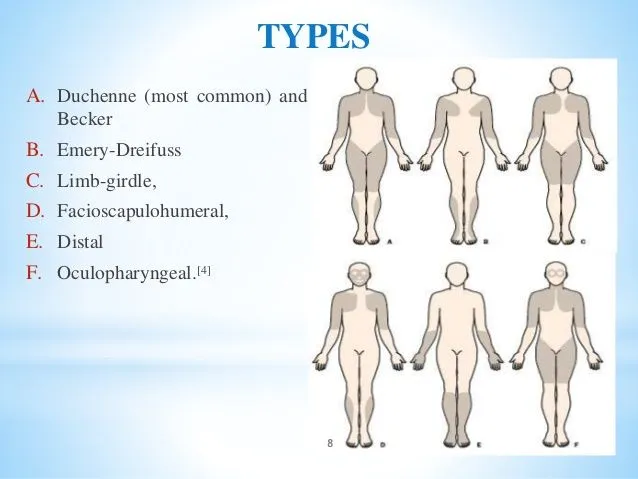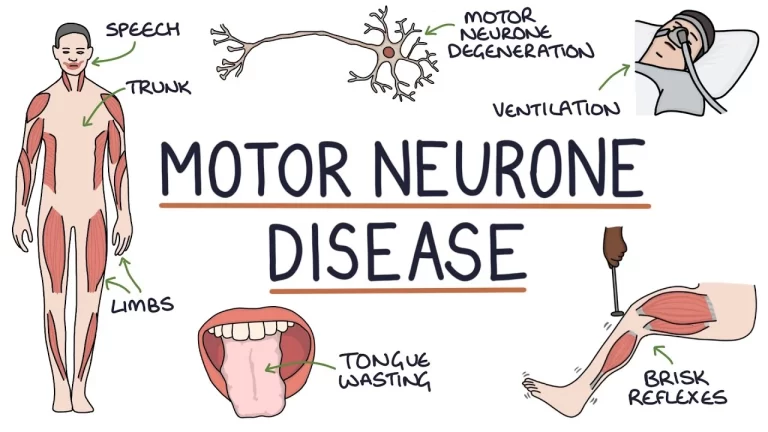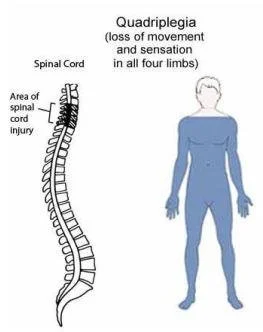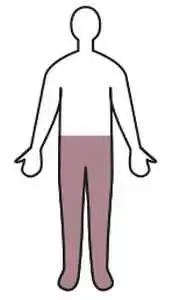Carpal Tunnel Syndrome
Carpal tunnel syndrome is an extremely common wrist ailment. You may have discomfort or damage if swelling presses on your medial nerve in the carpal tunnel of your wrist. Carpal tunnel syndrome manifests as wrist pain, tingling, weakness, and numbness. A physician or other health care provider will suggest treatments including physical therapy, surgery, or…

